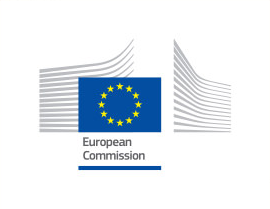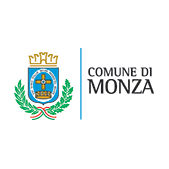Under the frame of CIVITAS, an EU initiative that supports cities on sustainable urban mobility, an interesting Policy Note (PN) was published about the use of social media to involve citizens in sustainable urban mobility projects.
The use of social media by the public sector to interact with the general public has become increasingly frequent. However, there are still some differences between local authorities that have been using social media in a structured way for many years, and other cities that have just started or don´t started at all.
In any case, the potential of social media tools for social engagement and cooperation directed to specific needs like city planning is very promising. The Policy Note (PN) aimed at providing a set of guidelines for cities on how to start building a social media communication strategy but also at improving it for those that already have a social media strategy in place.
According to the PN, most CIVITAS cities involve a wide range of stakeholders during the decision making process about urban mobility planning, such as the development of measures for sustainable urban mobility related for example with clean fuels and vehicles, urban freight logistics or safety and security. Those consultations are essential to build a sense of ownership of local communities towards the planned mobility measures, ensuring a better understanding of these measures and reducing potential negative acceptance associated with them.
In this context, the use of social media have a relevant role to minimise the cost and maximise the impact of stakeholder involvement in urban mobility planning, but also to increase direct communication with citizens (i.e. informing about traffic condition and real-time public transport services).
Social media technologies take on many different forms including magazines, Internet forums, weblogs, social blogs, micro-blogging, wikis, social networks, podcasts, photographs or pictures, video, rating and social bookmarking.
On top of the technologies mentioned above, additional services have been created to facilitate the use of social media, such as social network aggregation services that collect content from multiple social network services, such as Twitter or Facebook into one unified presentation, and are able to organise or simplify a user's social networking experience by consolidating the information.
Besides mapping the set of social media technologies used by a number of cities, the PN also presents the following 10-steps list to create a social media plan:
- Write down your social media goals. They should be very focused, measurable and time-related in order to be analysed in a further step.
- Set your key performance indicators (KPI): avoid vanity metrics like retweets or Likes. Your success will be better measured by generated leads, sentiment or website traffic referred.
- Have a first social media listening session to analyse the scenario and document best practices: what are other cities doing?
- Understand your target group:
a) Are users already talking about you or about topics you are interested in?
b) Where? On which social platform?
c) Are there unauthorised or obsolete profiles using your name? - Choose your channels and assign a mission to every page profile you decide to keep. How does this mission contribute to your communication goals?
- Complete all your page profiles with proper description, profile photo, cover image, and correct links.
- Choose the team that will have access to the profiles carefully, share the passwords only with them and assign duties: who runs or controls each profile? Who writes contents? Who manages the community?
- Find your voice and tone: it is very important, especially when there’s a whole team working behind the same institutional brand, to maintain a unique and very recognisable style.
- Create a content plan and editorial calendar to have a clear vision of what and when you are going to publish on the official blog, Facebook, Twitter or other social networks. Creating a content calendar can help organise and schedule postings and ensure that you won’t forget to post content about special events in the city, temporary mobility variations, new public transport lines or the promotion of touristic activities
- Analyse (again) to test different solutions and to evaluate your strategy: did you achieve the goals you have set in a given time? Was your strategy successful? What could you change to achieve more?
When it comes to urban mobility issues, the main aim is to use social media tools to improve citizens` experience and to create information flow in both directions. Some examples of the information flow are the following:
Real-Time Information
Organisations can for example provide reliable real-time information on bus arrivals, expected deviations, available parking, public events, works in progress, and weather alerts.
Travellers can send messages to warn on emergencies such as accidents or delays, using geotag to indicate the position. But authorities should not forget that people could also make fake posts.
Social Customer Care
Social media can substitute traditional call-centre services, allowing authorities to reach a broader range of people through proper social customer care activities more rapidly.
Social Media as a Think Tank
Social Media can be a part of the citizen participation process in many ways: in the city of Aalborg in Denmark, a Facebook page can be used to collect ideas and choose the destination of funds and resources. On Twitter, it is good practice to collect ideas and feedback by launching dedicated hashtags, crowdsource suggestions and build an online community.
Social Media for Political and Institutional Image-Building
Social Media can also be used by local governments to build a positive image. Constant use of social media tools by mayors and governors is useful to update citizens on official activities and explain the reasons behind decisions and strategies. Local government delegates can listen to citizens’ complaints while organising actions and rapidly solving critical situations to benefit from the subsequent widespread positive press coverage.
Relevant themes:
Public participation, Environment
Relevant tags: Social media, mobility, Sustainability
























